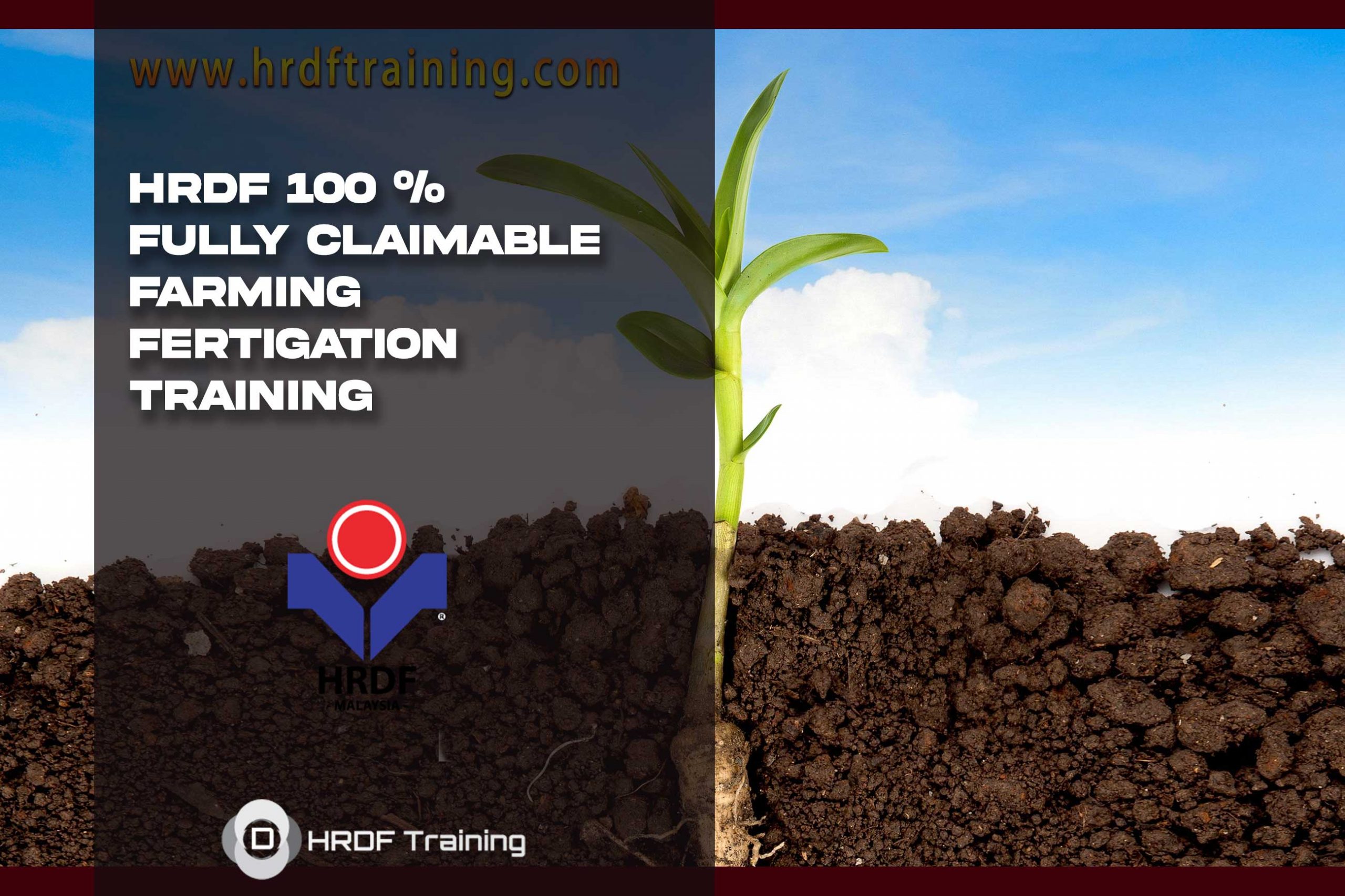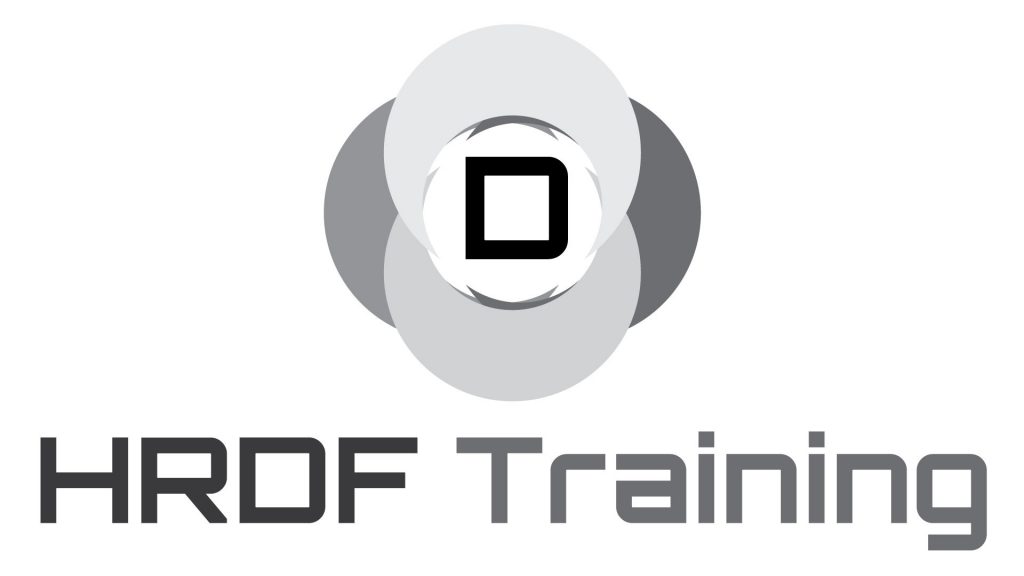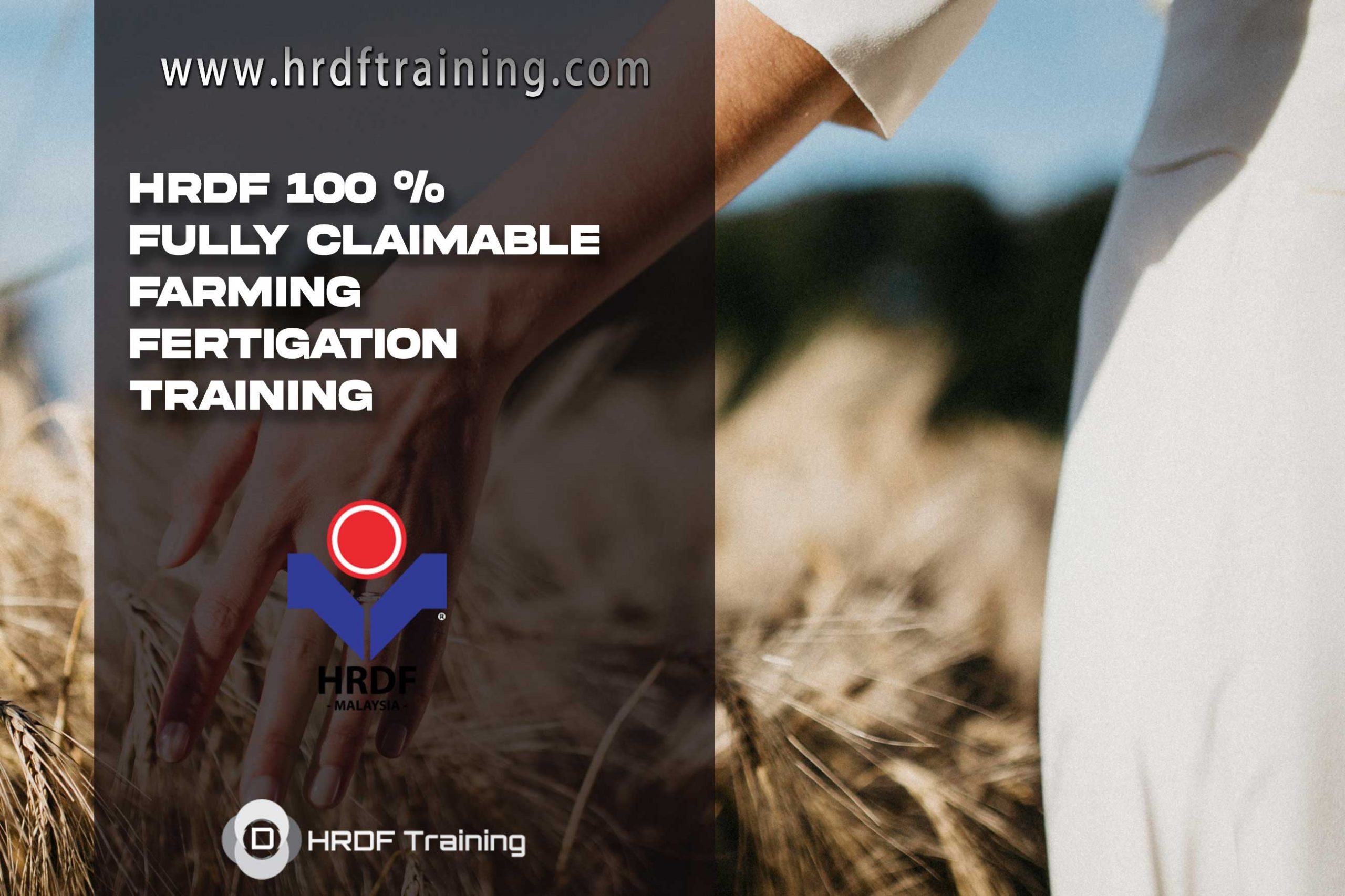HRDF Claimable Modern Farming - Fertigation Training Course Malaysia
Malaysia HRDF Claimable under HRDF SBL Khas for HRDF Registered Company "Claimable Modern Farming - Fertigation Course Descriptions"
Best HRDF Claimable Modern Farming - Fertigation Training Course in Malaysia
Save costs by reducing the use of fertilizers Eliminate natural contamination by reducing chemical applications; Control the rate of management fees; Solve soil erosion; Optimize water consumption; Avoid fertilizer leakage due to heavy rains or water supply; Promote rapid root growth; It affects the microbial biomass of the soil. The most common water soluble fertilizers used for fertilization include ammonium nitrate, urea ammonium nitrate, calcium nitrate, ammonium thiosulfate, potassium chloride, potassium sulfate, potassium nitrate. potassium, phosphoric acid, sulfuric acid, etc. In addition to providing the correct nutrients, some fertilizers can also acidify and improve the properties of the soil.
- Fertilizers can decrease or increase the solution pH
- Diammonium phosphate would create a higher pH than mono-ammonium phosphate
- Nitric acid would lower the pH of the solution even at relatively low concentrations
- Frequent supply of nutrients reduces fluctuation of nutrient concentration in soil
- Efficient utilization and precise application of nutrients according to the nutritional requirements of the crop
- Fertilizers are applied throughout the irrigated soil volume
- Nutrients can be applied to the soil when soil or crop conditions would otherwise prohibit entry into the field with conventional equipment
- Application of nutrients only to the wetted soil volume where roots are active reduces loss of nutrients by leaching or soil fixation and increases fertilizer-use efficiency
HRDF Fully Claimable HRDF Claimable Modern Farming – Fertigation Training Course is 100% Claimable for You – Claimable under HRDF SBL Khas for HRDF Registered Company
Good prospects for Successful Fertigation
As mentioned above, fertilization is recommended to provide liquid fertilizer through the irrigation system. However, simply adding them is not enough. The agronomist considered several basic properties, including solubility, compatibility, acidity, and salinity (osmotic pressure).
Solubility – First, the choice of fertilizer depends on its solubility in water. Therefore, the appropriate options are:
Solids that can be adequately dissolved; Dissolved liquid.
Different types of fertilizers have different dissolving powers. In addition, solubility and rate are also related to temperature. Therefore, it is important that the nutrients can be dissolved at the current temperature in the field. Therefore, the season should also be considered, since the solubility will be different in spring and summer.
Additionally, some fertilizers may precipitate out of solution when added to hard water in high concentrations or when the temperature drops (for example, during cool seasons or cold nights). When the solution is prepared in advance and stored, this attribute will be counted. Precipitation is characteristic of monoammonium phosphate, urea phosphate or phosphoric acid. Ammonium nitrate, potassium nitrate, urea, and ammonium phosphate refer to instant water-soluble fertilizers. Let’s learn from our HRDF Claimable Modern Farming – Fertigation Training.
Full HRDF Claimable Courses List
Click Here for Full HRDF Training Course Events
Why Choose Our HRDF Claimable Modern Farming - Fertigation Training Course?

Why learning HRDF Claimable Modern Farming – Fertigation Training Course for business?
Compatibility
When combining several components for fertilization, it is important that they are compatible in our HRDF Claimable Modern Farming – Fertigation Training.
The basic rules are as follows:
Prepare a separate solution and store it in a separate container if side effects may occur.
Do not mix phosphorus or sulfur with calcium.
Do not add chelates to non-chelates.
When the chelating agent breaks the acidic pH, it separates from the acid.
The rule of thumb for compost is to avoid precipitation and reduced solubility due to chemical reactions.
Acid
The acidity of the solution causes corrosion, which degrades metal storage tanks and parts of the irrigation system. The nominal value of this parameter is pH, too high or too low is not good. Acidic solutions are very corrosive, while alkaline liquids have a risk of precipitation. Chloride-based chemicals are also known for their corrosiveness. In addition, agronomists consider the response of the soil to fertilization. In particular, potassium sulfate or potassium sulfate powder will cause a neutral reaction. Calcium nitrate or potassium nitrate is alkaline. Ammonium nitrate, urea, ammonium sulfate, monoammonium phosphate, and diammonium phosphate produce acidic reactions. The application of phosphoric acid results in the strongest acidity in the soil.
Osmotic pressure
Usually, the irrigation water is saline to some extent, and adding fertilizer containing salt will further increase the salinity. Salinity is related to osmotic pressure. A negative osmotic potential complicates water uptake by plant roots, resulting in lower yields. The crops are under osmotic pressure, and even if there is water in the soil, they cannot use water because the water flows from less salty areas to more salty areas. Plants spend more energy absorbing water and nutrients from fertilization, and if osmotic stress is critical, they will die. Therefore, the applied fertilizer should produce as low an osmotic pressure as possible.
In general, the salinity potential of fertilizers is not measured. It is evaluated by its electrical conductivity and its correlation with osmotic pressure. Calculate conductivity and pH, then compare. It is specific to each chemical. For example, compared to ammonium nitrate, ammonium sulfate produces a higher osmotic pressure in solution (based on the total nutrient applied).
The following table shows the characteristics of fertilizers: electrical conductivity (EC), pH and nutrient concentration in a 10 mMol / L fertilizer solution.
HRDF Best SME 100 Training Course Provider - Double Effect Sdn Bhd



Corporate and Private HRDF 100% Fully Claimable / Skim Bantuan Latihan Khas (SBL-Khas) Training Course Request – call / whatspp : 010 220 6800 / thetraining4u@gmail.com
Type of Training
– Maximum is 35 paxs to 40 paxs
– Maximum is 9 paxs
- Meal allowance
- Daily Allowance
- Consumable Training Materials
- Hotel Rental Package OR Training Rental Place
- Airfare Ticket OR Transportation
- Minimum Training Duration
- 7 Hours
- Minimum Training Duration is required to eligible for grant and the hours can be accumulated
- A 7-hour training must be conducted over a minimum of 2 days (for Remote Online Learning)

Student Testimonials for Our Fully Claimable HRDF Training




Corporate and Private HRDF 100% Fully Claimable / Skim Bantuan Latihan Khas (SBL-Khas) Training Course Request – call / whatspp : 010 220 6800 / thetraining4u@gmail.com
Type of Training
– Maximum is 35 paxs to 40 paxs
– Maximum is 9 paxs
- Meal allowance
- Daily Allowance
- Consumable Training Materials
- Hotel Rental Package OR Training Rental Place
- Airfare Ticket OR Transportation
- Minimum Training Duration
- 7 Hours
- Minimum Training Duration is required to eligible for grant and the hours can be accumulated
- A 7-hour training must be conducted over a minimum of 2 days (for Remote Online Learning)
